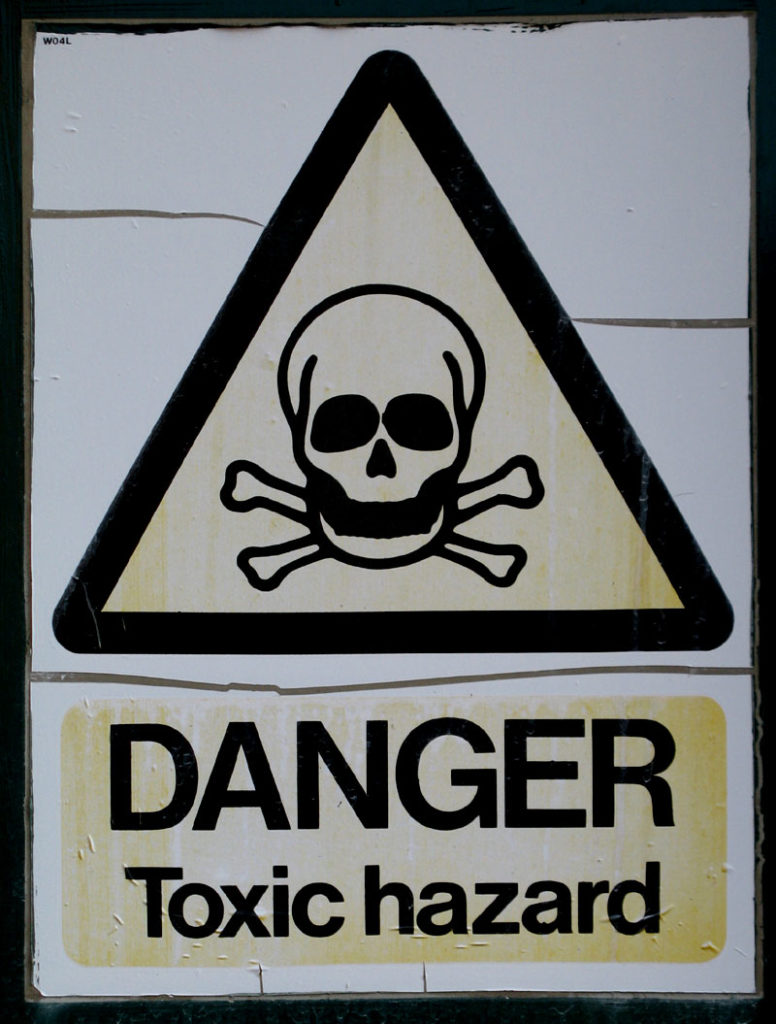Is your work place culture toxic?
Research tells us that positive working cultures are associated with better patient care. Sadly, experience tells us that many who work in health care have encountered toxic cultures.
Positive working cultures are not only nicer for the people who work in them, but contribute to greater patient safety, improved outcomes and better patient experience. For this reason, NHS Improvement has urged health care leaders in the UK to focus effort on promoting cohesive, supportive, collaborative and inclusive workplaces.
We have relatively little evidence about what senior medical leaders do – or try to do – to build positive cultures. So, in 2018 the GMC commissioned me to carry out a study whose aim was to capture senior leaders’ lived experience of trying to nurture constructive cultures in a wide range of health care organisations. (The full research report can be downloaded from the GMC’s website. The summary report is at the bottom of this page)
It is important to note that my research aim was to understand how leaders create positive cultures. But as it turned out, I heard a lot about negative clinical cultures too.
I know from the many presentations that I have made of the research to large groups of doctors, nurses, and health care leaders, that these undesirable cultures are immediately recognisable. The research suggests how damaging they are, and also how extremely difficult it is to change them.

“Toxic Hazard” by eek the cat is licensed under CC BY-ND 2.0
These are the five notable subcultures that leaders spoke about
- Diva subcultures. These arise when powerful and successful professionals are not called to account for inappropriate behaviour, and colleagues modify their working practices to accommodate them.
- Factional subcultures: which arise when disagreement within a team becomes endemic and the group starts to organise itself around continuing conflict.
- Patronage subcultures: these emerge when colleagues perceive strong bonds of loyalty, dependence and/or respect towards a benevolent leader possessed of social capital. The clinical group becomes reluctant to question or challenge the patron.
- Embattled subcultures: these may arise when resource has long been inadequate and is perennially unequal to demand. The group feels besieged by the unmet need they see in patients, and may exhibit burnout, learned helplessness, and resentment. Clinical decision-making may tend to minimise patient need in preference to recognising that needs cannot be met.
- Insular subcultures: groups that have become geographically or psychologically isolated from the cultural mainstream of the larger organisation, with the result that behaviours, professional practice, or standards of care deviate from accepted norms.
So what can be done?
The research report contains some description of intensive steps that had been taken in a handful of cases to change the culture of a particular department. These sometimes met with at least temporary success. But the two strongest messages from leaders were these.
Act early, act fairly, and act consistently to prevent these cultures taking hold in the first place.
Role model the behaviour you want to see. If you lost your temper, allow people to be rude to each other in your meetings, condemn people for not meeting impossible demands, demonstrate that you do not care about your staff’s wellbeing, etc. etc. then that is the kind of behaviour that will take hold in your teams and organisations.

